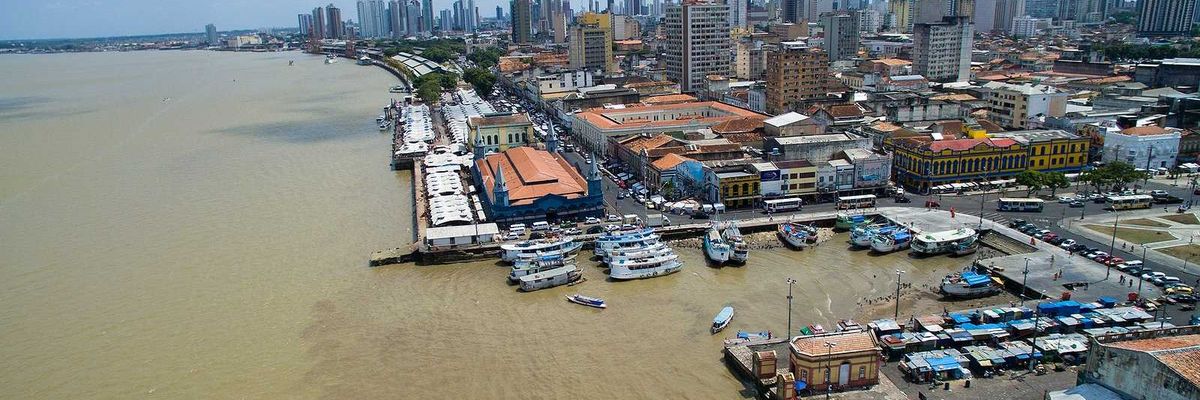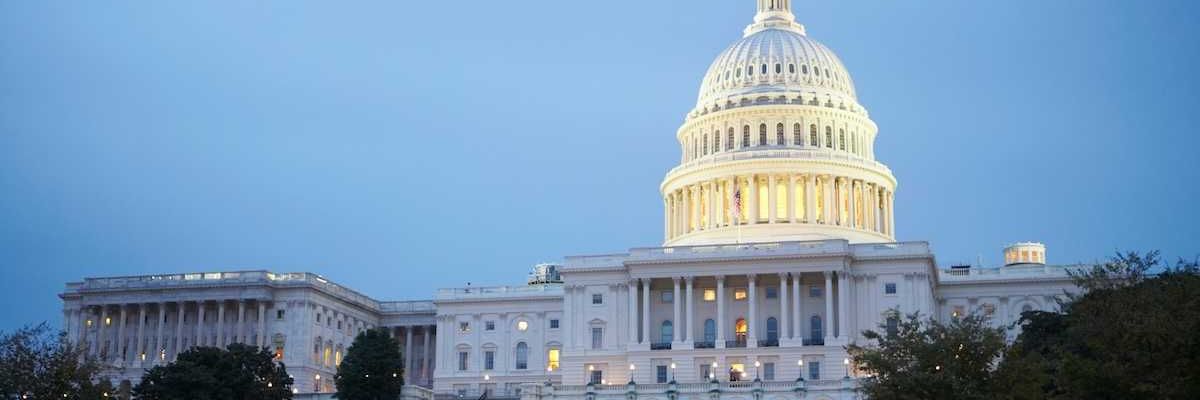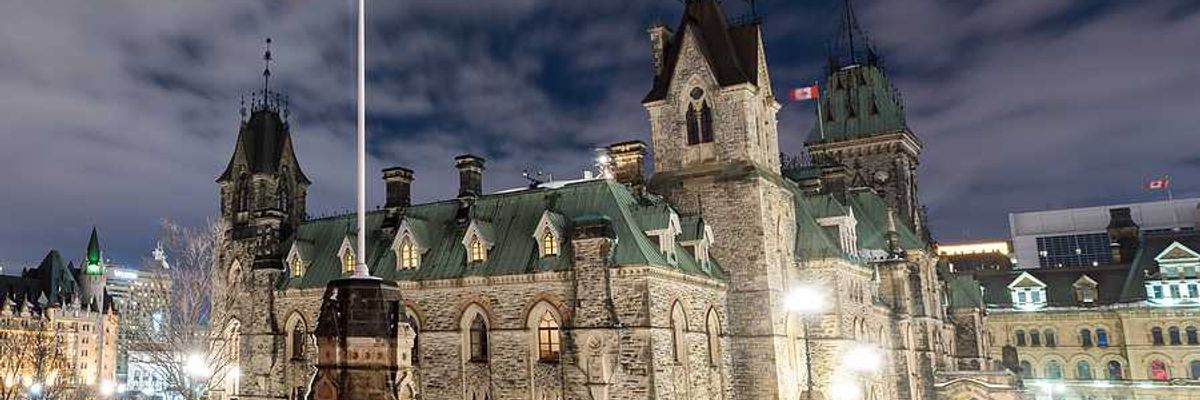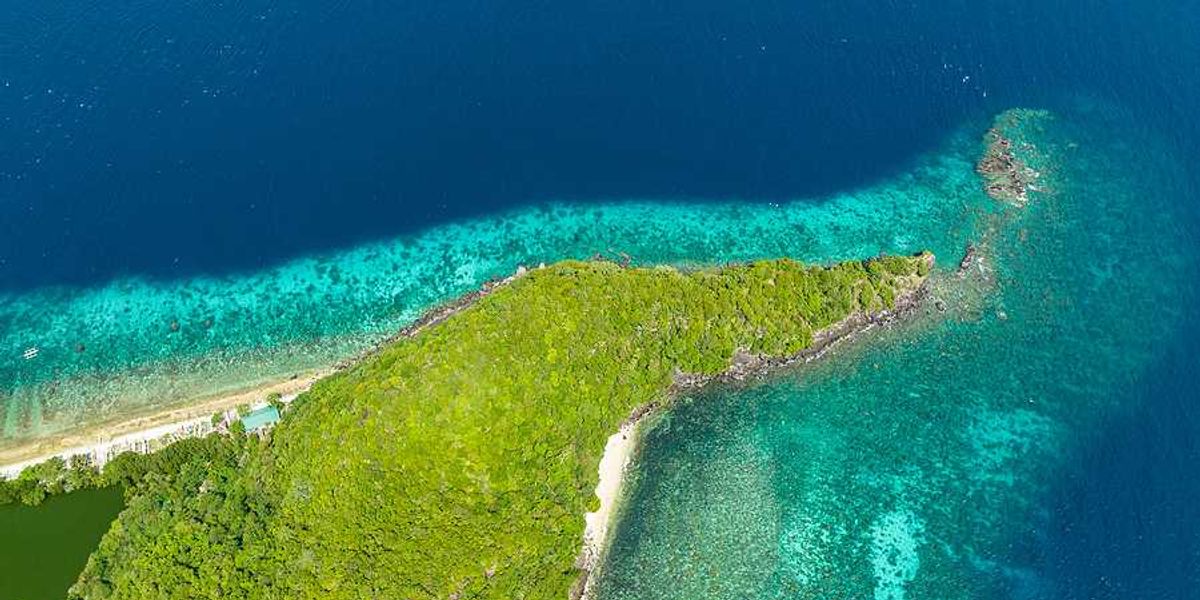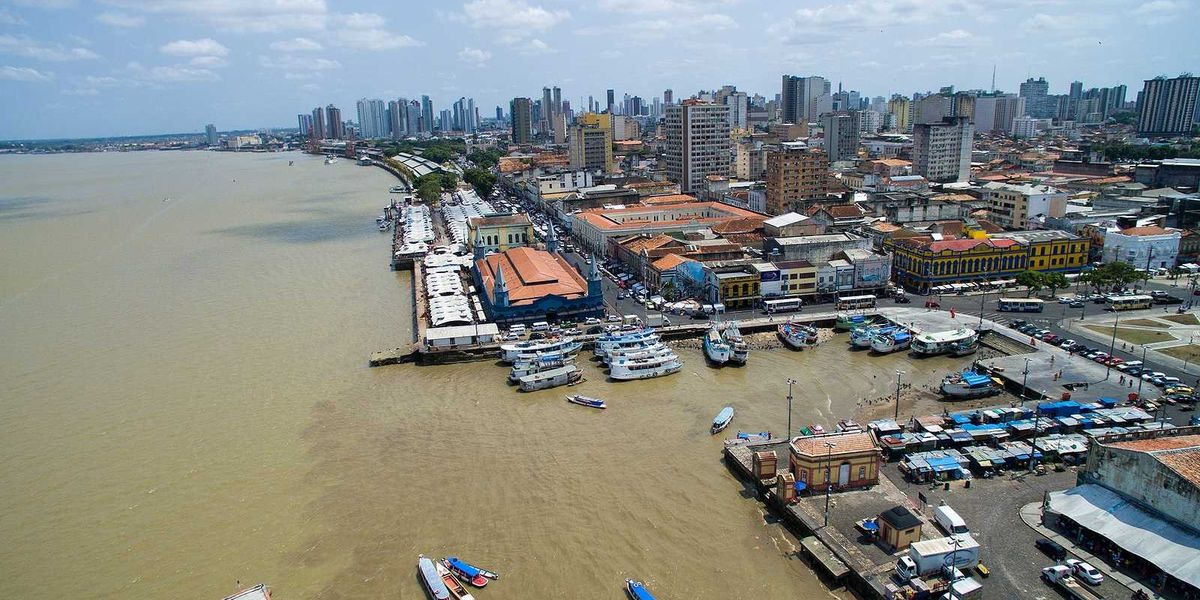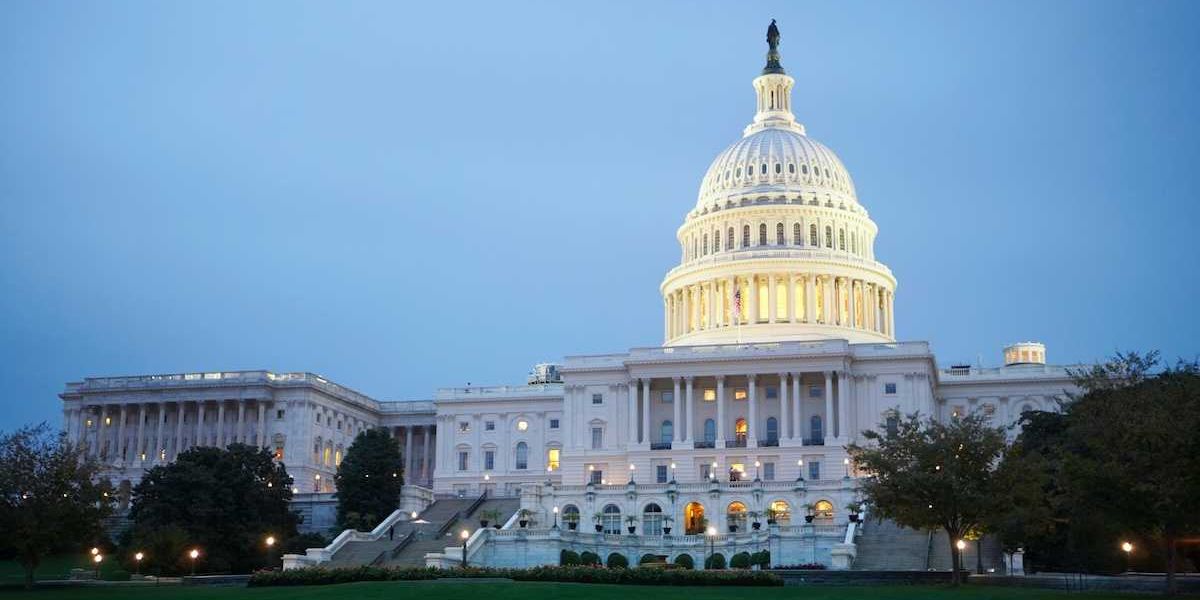indigenous health
A uranium mine threatens the Havasupai Tribe's sole water source
A uranium mine near the Grand Canyon risks contaminating the Havasupai Tribe’s only water source, sparking fears for their health and safety.
In short:
- The Pinyon Plain Mine, located near the Grand Canyon, sits atop an aquifer that provides the Havasupai Tribe's only drinking water.
- A new study challenges the safety assessments of the mine, suggesting the rock layers could allow uranium to contaminate the tribe's water.
- The Havasupai Tribe and environmentalists are fighting the mine, fearing irreversible damage to their sacred land and water supply.
Key quote:
“Once it goes into our village, we will get sick. I question to these mining people: ‘Are you going to take accountability to pay for my people’s hospitalizations?’”
— Dianna Sue White Dove Uqualla, Havasupai elder
Why this matters:
The potential contamination of the Havasupai’s water source exemplifies the dilemma we face over prioritizing resource extraction in the face of growing environmental pressures. If the lifeblood of the Havasupai is tainted, it would be a blow not only to their survival but to the integrity of the Grand Canyon itself. Read more: Protecting Indigenous children means protecting water.
Hunger for gold means the Amazon has reached 'tipping point' of mercury contamination from illegal mining
Could ‘One Health’ be the optimal approach for human, animal and environmental health?
The University of Arizona is getting millions in state funding to develop the program. The first task is communicating what it is.
Driving out the rainforest invaders: crackdown on illegal mining brings hope after Bolsonaro era
Ibama agent Hugo Loss says he and his team have neutralised mining equipment in Operation Xapiri.
The forgotten sovereigns of the Colorado River
Navajo Nation is taking on three states and the Federal Government for the right to Colorado River water
“Sinchiurco is coated with oil”: The Kichwa people going up against Petroecuador
In 1985, a road opened through the Kichwa community of Sinchiruco, in the northern Ecuadorian Amazon. With it came the Guanta 1 oil platform, which would lead to repeated complaints of human and environmental rights violations.

